-
How to clinically and electrophysiologically diagnose hereditary polyneuropathies without a family history?
Bouche P
Rev Med Liege 2004, 59(S1),112-117Abstract : Sporadic cases of hereditary neuropathies are not uncommon. The most frequent clinical pictures are purely or predominantly motor neuropathies. A hereditary neuropathy of Charcot-Marie-Tooth should be suspected in the following situations: presence of scoliosis and pes cavus, distal weakness with forearm and leg distal muscle atrophy, discrepancy between relatively mild motor deficit and severe atrophy or markedly reduced spatial recruitment on needle EMG examination, severely altered sensory nerve action potentials with subtle sensory symptoms and, in the demyelinating type, homogenous slowing of nerve conduction in distal and proximal segments (normal terminal latency index), and between nerves of a same region or between axons of the same nerve (absence of temporal dispersion). Amyloid neuropathy should be considered in case of axonal sensori-motor polyneuropathy of subacute course, with autonomic dysfunction, plantar ulcers and/or subclinical carpal tunnel syndrome. Hereditary neuropathy with liability to pressure palsies usually gives a picture of multifocal neuropathy with nerve conduction slowing at usual compression sites. Finally, purely sensory hereditary neuropathies are rare and seldom cause diagnostic problems

